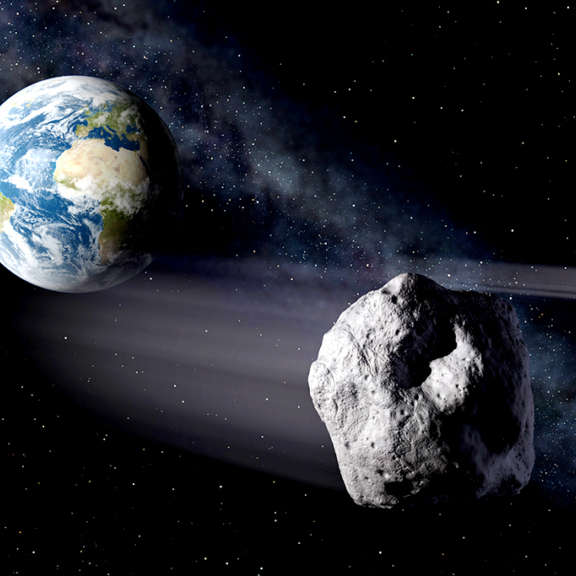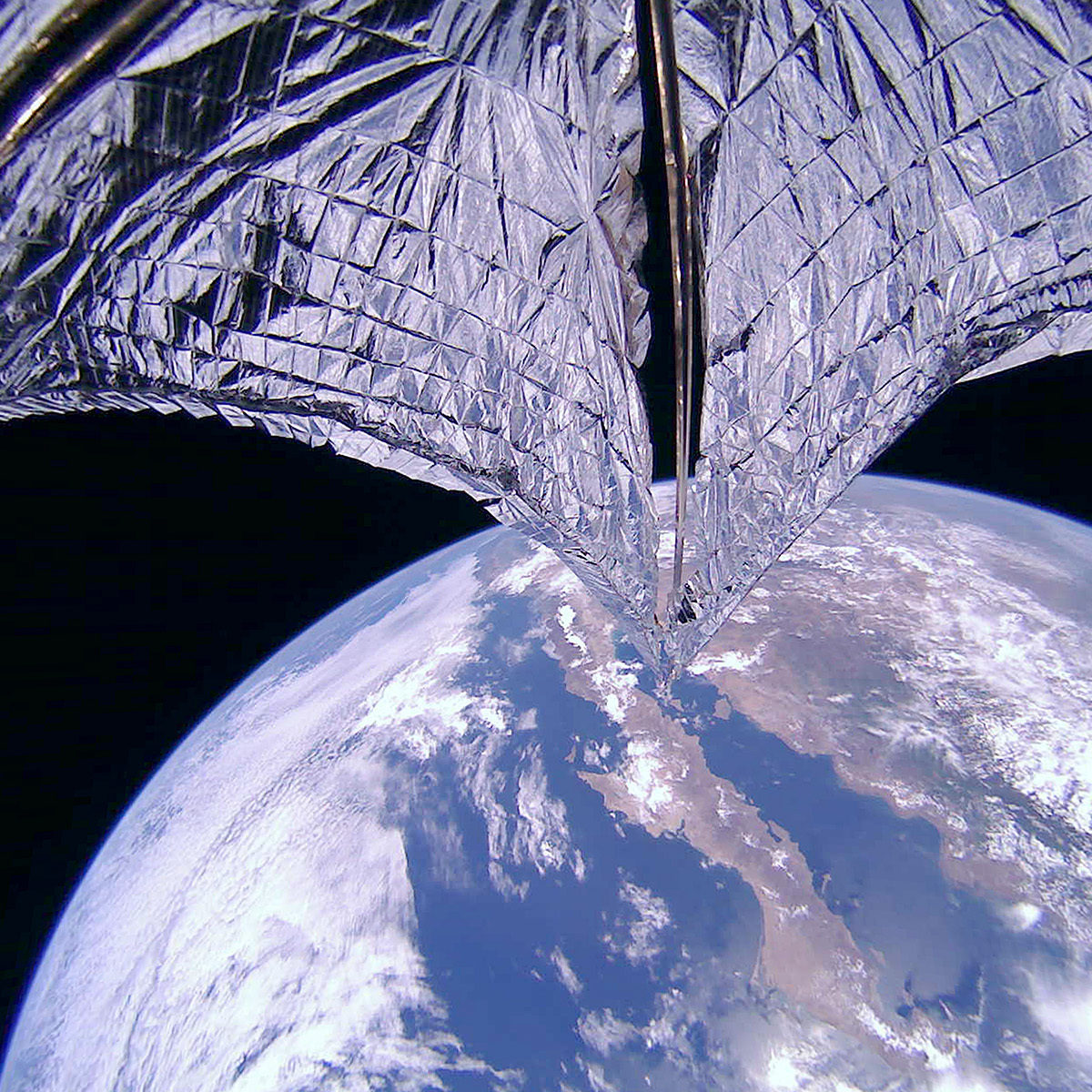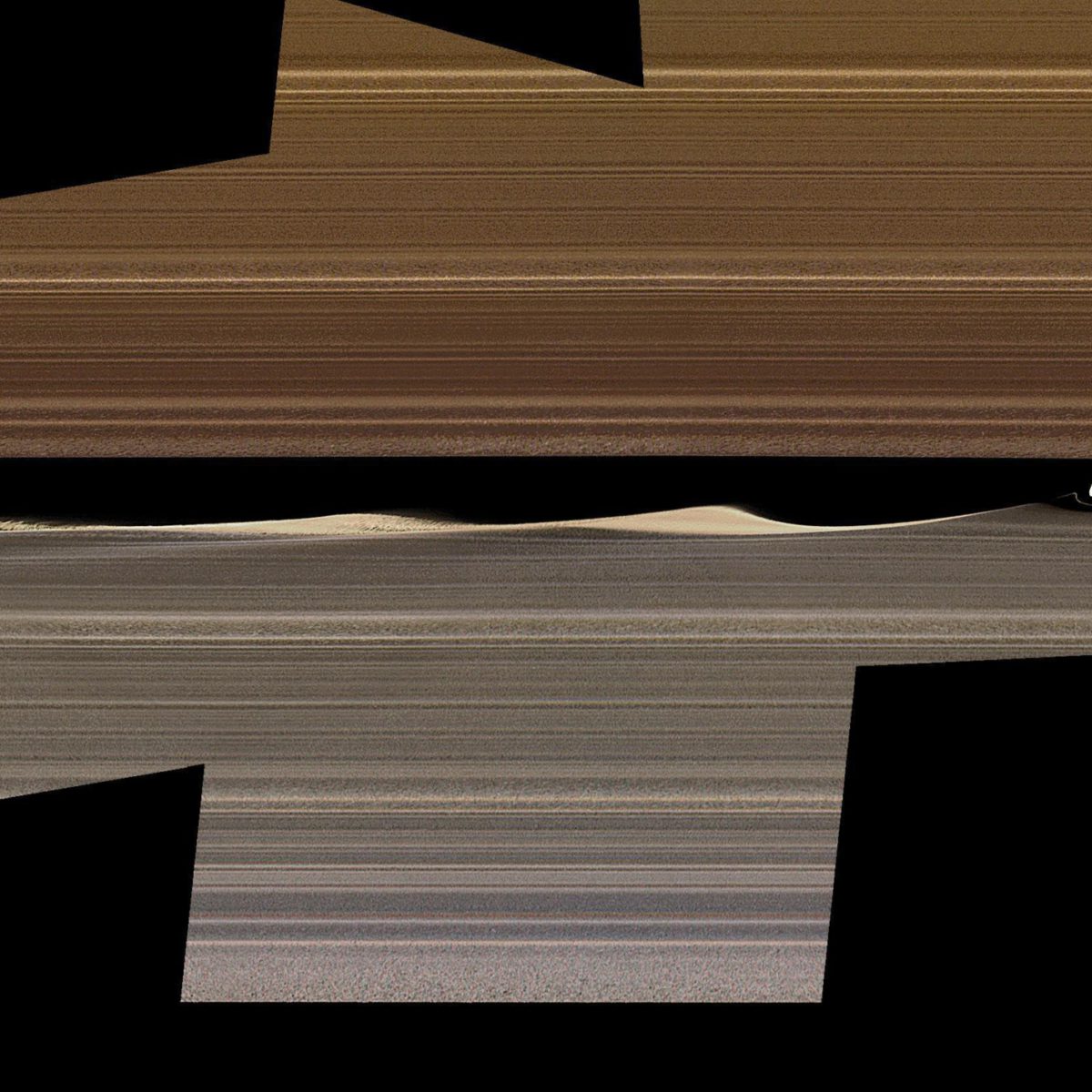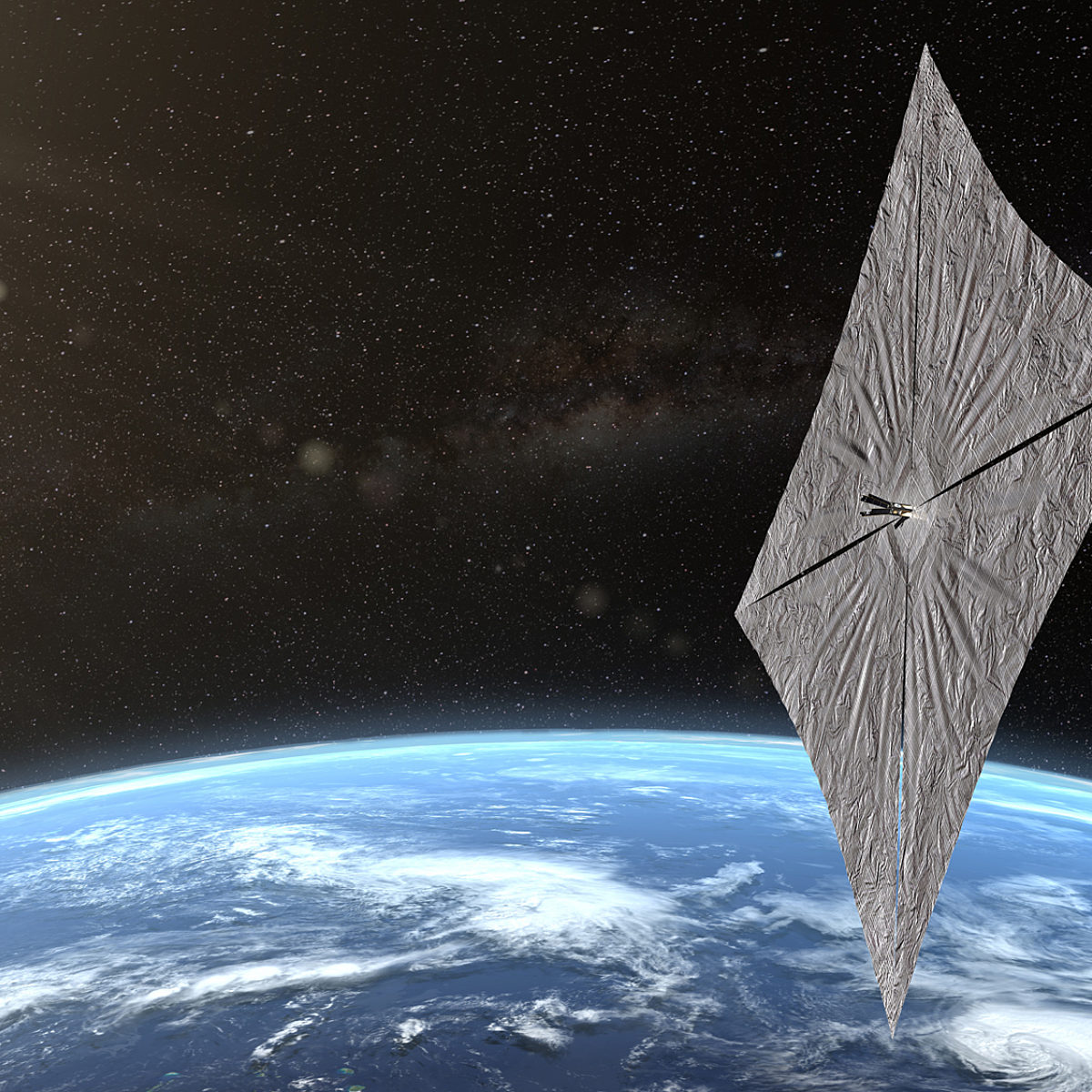Since 2002, Planetary Radio has visited with a scientist, engineer, project manager, advocate, or writer who provides a unique perspective on the quest for knowledge about our Solar System and beyond. The full show archive is available for free.
Search Planetary Radio
Looking for the perfect space book or gift for your favorite space fans? We’ve got the lists.
The way minerals form in different Earth environments may hold the answer.
Planetary scientist Vishnu Reddy studies space objects ranging from satellite debris to planet-killing asteroids. He shares the status of our effort to avoid the fate of the dinosaurs in a conversation with host Mat Kaplan. Did you know fruit flies were first in space? That’s just one of the random space facts you’ll absorb in this week’s What’s Up segment with Bruce.
Brad Pitt sets out across the solar system to save Earth in the new space epic. Host Mat Kaplan enjoys a far-reaching conversation with co-screenwriter of Ad Astra that touches on the film’s meaning, the mythic journey of its protagonist, its spectacular images, and where it strays from known science. Registration for the Planetary Society’s 2020 Day of Action in Washington DC is open! Chief Advocate Casey Dreier has the lowdown. You might win a beautiful, rotating MOVA Earth globe in this week’s What’s Up space trivia contest. Hey! That’s LightSail 2 floating above our pale blue dot.
The biannual Starship Congress attracts starry-eyed believers in humankind’s destiny among the stars. We talk with several of them about their ideas for technologies and science that may help pave the way. Science fiction author David Brin dropped by the Congress and spends a few fun and speculative minutes with us. The September Equinox edition of The Planetary Report is ready for all to read. Editor Emily Lakdawalla gives us a sneak peek. The Milky Way has at least 54 satellite galaxies? Who knew? Bruce Betts, that’s who.
This US research center has been part of more than 200 space missions, but it’s not a NASA facility! The Los Alamos National Laboratory in New Mexico gave the Voyager spacecraft their power sources, is building nuclear generators for future Martians, and accidentally invented the field of High Energy Astrophysics.
First we return to JPL for an update on the Mars Helicopter that has just been attached to the belly of the 2020 Mars Rover. Then it’s across the pond for a review of the amazing science coming from the Rosetta mission that spent years exploring comet 67P/Churyumov-Gerasimenko. We wrap things up with another What’s Up view across the solar system and beyond.
Astrobotic is one of several companies that are building small, robotic landers to take commercial payloads to the surface of the Moon. With a new contract from NASA to support his company’s work, CEO John Thornton looks forward to touching down in 2021. Senior editor Emily Lakdawalla can’t wait for the Europa Clipper to reach Europa, one of Jupiter’s ocean moons. Who doesn’t want more cow bell? Chief scientist Bruce Betts gets his share as he helps us explore the current night sky in What’s Up.
Rick Davis is the perfect person to co-lead NASA’s Mars Human Landing Sites Study. No one is more devoted to putting human bootprints on the Red Planet. He returns to Planetary Radio for this inspiring and informative conversation about our progress. Bruce Betts leads off What’s Up with another brief LightSail 2 update. The Planetary Society’s solar sailing cubesat continues to raise its orbit.
Host Mat Kaplan in a long and fascinating conversation with Nicholas de Monchaux, author of Spacesuit: Fashioning Apollo. This great book is about much more than creation of the suits that allowed humans to walk and work on the Moon. Jason Davis shares pointers on looking for LightSail 2 overhead, while Bruce Betts provides a solar sail update in this week’s What’s Up. And you might win a Planetary Radio t-shirt!
Join Planetary Society CEO Bill Nye and host Mat Kaplan as they visit Oklahoma City’s outstanding public science museum. You’ll meet University of Oklahoma researchers who are exploring Mars and learning how solar systems form across the universe.
It will be the first flying machine on another world. Mars Helicopter Project Manager MiMi Aung shares her plans. There’s big news about The Planetary Society’s LightSail 2!
Join us as the little cubesat successfully unfurls its solar sail! You’ll hear from members of the LightSail 2 mission team on the morning of July 23, 2019, when the critical command was sent to the spacecraft.
NASA has given the go-ahead for Dragonfly, a flying rotorcraft that will explore Saturn’s mysterious moon Titan. Mission Principal Investigator Elizabeth “Zibi” Turtle helps us celebrate.
Space historian Dr. Roger Launius joins the show to explain why Apollo happened the way it did, how a moonshot briefly became a solution to a national security problem, and why it is unlikely to happen again.
A giant SpaceX Falcon Heavy lifted off in the early hours of June 25th. One week later, the LightSail 2 solar sail was released to begin its epic mission. You’ll join the thrilling launch, meet LightSail team members and leaders of other missions, and get a solar sail update in this very special episode.
It has been many months since the great Cassini spacecraft plunged into Saturn’s atmosphere and fiery death. Yet the mission lives on as the reams of data and images reveal much more of this beautiful world, its rings and its moons.
The day is almost here. With the launch of a Falcon Heavy rocket, The Planetary Society will begin its mission to prove that a tiny, orbiting spacecraft can be propelled by the light of the Sun.
Even though his own work led to it, Albert Einstein never cared for quantum mechanics concepts like entanglement, which he called “spooky action at a distance.” While there’s no doubt it is real, could something even more mysterious be hiding under it?
Jay Pasachoff visits Planetary Society headquarters for a conversation about the latest edition of his and Alex Filippenko’s monumental textbook The Cosmos.


 Explore Worlds
Explore Worlds Find Life
Find Life Defend Earth
Defend Earth




















